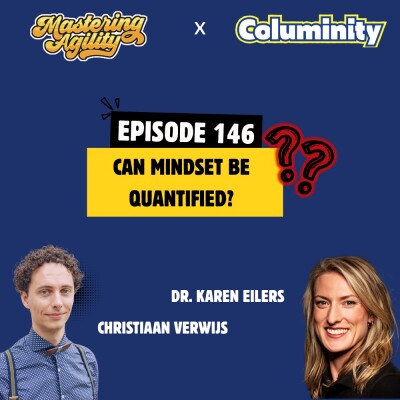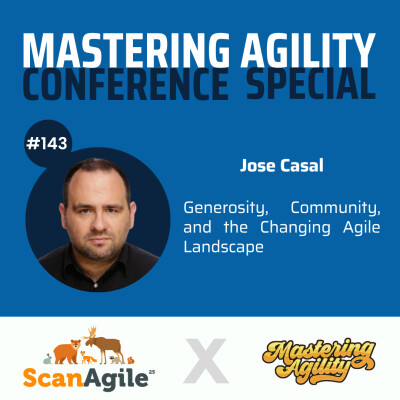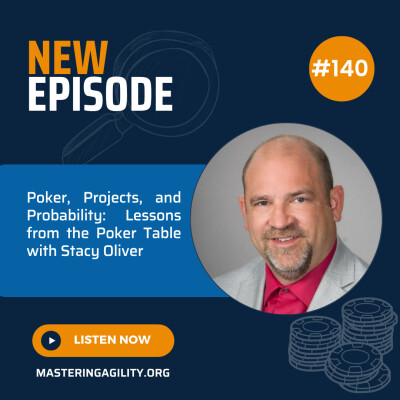Description
This episode features an interview with the hosts of Mastering Agility who discuss their personal and professional journeys into Agile. Sander and Jim share how they transitioned into the Scrum Master role from various career paths. Both highlight the importance of adaptability, continuous learning, and servant leadership in their Agile work.
Jim initially worked in a tech company as a vice president managing multiple roles but shifted to Agile after being recruited by someone who saw potential in his leadership style. He explains that his previous experience prepared him for the Scrum Master role by teaching him to focus on value and relationships. Sander’s Agile journey began with a course on Scrum, which helped him rethink how to approach work, particularly after recovering from burnout. He reflects on how his burnout changed his perspective on success, leading him to focus on what gives him energy and purpose.
They also dive into common challenges in Agile transformations, with both hosts mentioning frequent client questions like “How long does it take to become Agile?” or “What metrics should we use?” They emphasize that Agile success depends on adaptability, calculated risk-taking, and fostering an environment where teams can figure out what works for them, much like Spotify did. They criticize organizations that fear risk and avoid change, likening them to companies like Blockbuster and Blackberry, which failed to adapt and ultimately lost their market positions.
In discussing work-life balance, Jim and Sander reflect on the impact their careers have had on their personal lives. Jim opens up about struggling with anxiety in the past, while Sander discusses the mental shift he experienced after his burnout, learning to prioritize happiness over traditional markers of success. They also stress the importance of creating space for self-care and setting boundaries in their work, noting that personal well-being is critical to professional success.
The episode ends on a lighter note, where each of the hosts shares something personal. Sander reveals that he was once a ballroom dancer, while Jim talks about how he dealt with anxiety. They discuss hypothetical alternative careers if they didn't need to work for money, with suggestions ranging from running a sustainable farm to being a professional helper, tying back to their values of service and learning.
Check out our sponsor:
www.xebia.com
Check out our sponsor:
www.xebia.com
Hosted on Ausha. See ausha.co/privacy-policy for more information.






